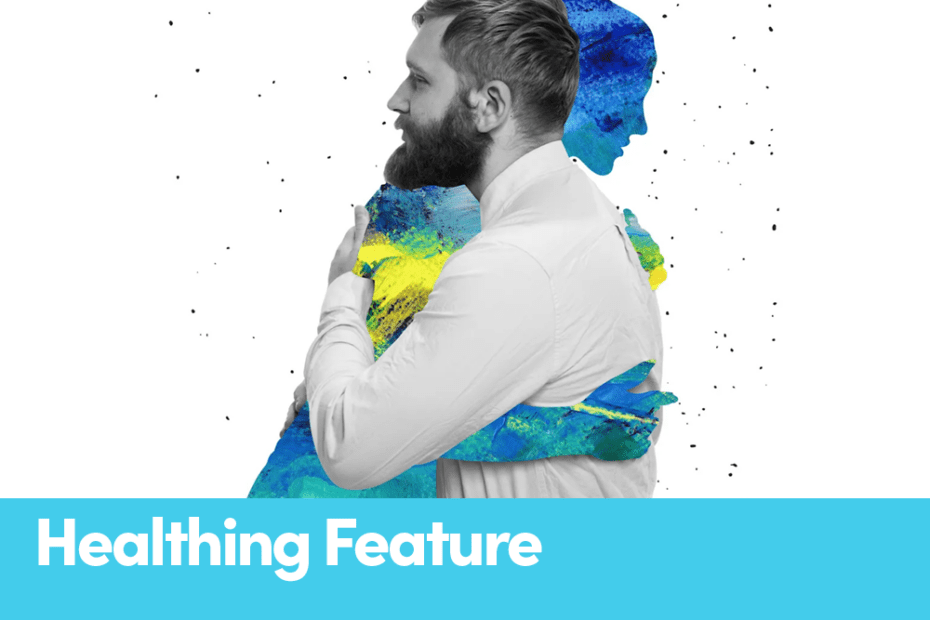Article by Robin Roberts, published on Healthing.ca, January 26th.
Whether it’s music, clay or painting, research has shown that experiencing art makes us feel better. If only policymakers recognized the value.
In 2004, Christine Long was in the prime of her life and at the top of her game. She was the executive director of a non-profit organization… traveled internationally… and was in the midst of launching a workshop for doctors and nurses when a sudden onset of multiple sclerosis symptoms left the right side of her body paralyzed.
“I had gone from a fully functioning person with a job to all of a sudden, not. My retirement was immediate,” says Long, who spent several weeks in the hospital, followed by weeks of rehab learning how to walk, talk and see again…“I needed to use the other half of my brain, the creative, artistic half to work around those parts that had been injured and create new pathways,” she says. Long enjoyed the (art) classes so much, she went on to take others at the Halliburton School of Art…And, despite having to paint ambidextrously, since she still has limited use of her right hand, as well as double vision in one eye, she thrived in the art programs. “It has brought me so much joy. I’ve met extraordinary people who had similar circumstances. I even started to show some of my work and people started to buy it!”
A creative approach to healing
Art therapy reportedly took hold after the Second World War for soldiers suffering from PTSD . They often struggled with articulating their emotions, and traditional forms of treatment had little effect. But when they picked up a paint brush, piece of clay or musical instrument, they were able to express themselves non-verbally. Art therapy was soon adapted to help kids with ADHD, teens with depression, cancer patients with anxiety, and the elderly with loneliness.
Dr. Colin Saldanha, a Mississauga family physician and mental health advocate who had long championed non-pharmacological approaches to mental health, co-founded ArtsCare , a program that promotes the arts as a way to support those with mood disorders.
“Cortisol levels increase during times of grief, anger, frustration and depression,” he says. “On the other hand, feel-good hormones, such as endorphins and serotonin, surge when people are doing art or experiencing art. In fact, brain imaging shows this increase in positivity and translates into a better mental state, more calmness and serenity.”
Art means drop in doctor visits and hospitalizations
Mike Douglas, executive director of the Mississauga Arts Council (MAC), which administers ArtsCare, was struck by a report commissioned by a parliamentary committee in Britain that showed exposure to arts reflected a 37 per cent drop in doctor visits, and a 27 per cent reduction in hospital admissions, resulting in a savings of £216 per patient.
“That savings to the health-care system was the light bulb for me,” he says. “We have a phenomenally impactful way of helping people feel better, especially people who are vulnerable, through the self-confidence they gain, the chemicals released in their brain when they’re focused on something creative that is so beneficial and so inexpensive. Monumental, life-changing solutions that don’t require a lot of money, a new factory or drugs. The arts are the most exciting non-pharmacological solution out there and it’s totally under-utilized by the political industrial groups.
Prescribing art instead of drugs
While he waits for political groups to see the light, he and MAC continue to raise funds for mental health programs that utilize art.
Saldanha would also like to see art therapy operate in a more structured way, and to integrate with traditional medicine on a greater level.
“Family practitioners should be encouraging their patients, especially those who are anxious or depressed, to go for music or painting classes [rather than] reach for our pen and prescribe medication,” he says, adding that managing mental health should not always be the role of health-care providers. “We are not the be-all and end-all of managing these conditions. Art can play an integral part. [But] investing money by government is going to be difficult until there’s a huge lobby [to push for it]. In the health-care system, all the money goes towards treatment and we need to invest in prevention.”
…
Like Saldanha and Douglas, Harker Martin advocates for a much-needed bridge between science and policy.
“The field of arts education has been promoting and advocating these things for decades,” she says. “The science is starting to catch up but there’s just not enough yet that the policy makers are paying attention.”
Douglas agrees. “This is such an obvious win,” he says. “A dollar invested in the arts translates into $7 or $10 in economic activity. If you made that case for most businesses, you wouldn’t have any trouble finding investors. Everybody knows about the impact of these kinds of programs in seniors’ homes and in schools, and amongst vulnerable people who take them.”
